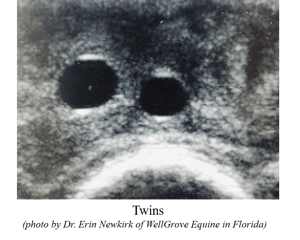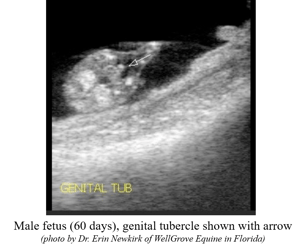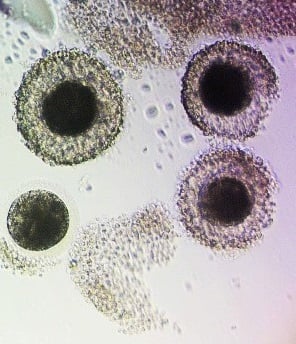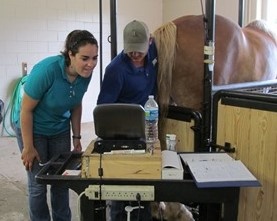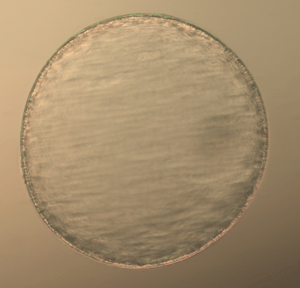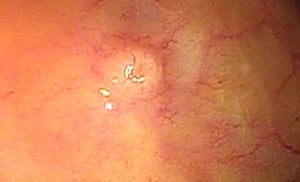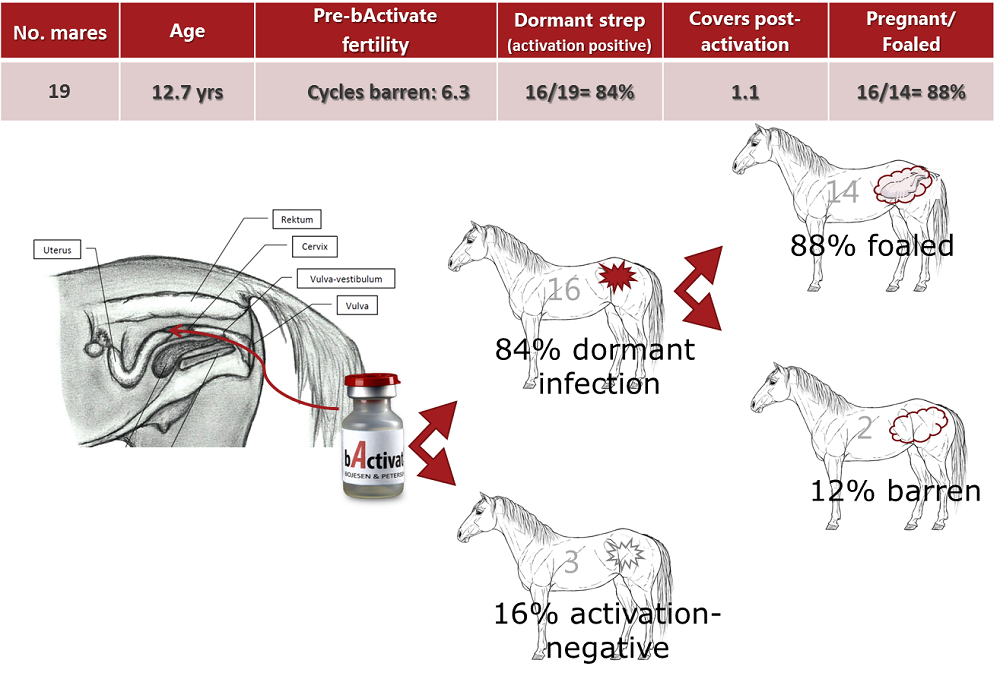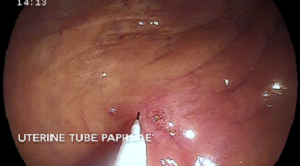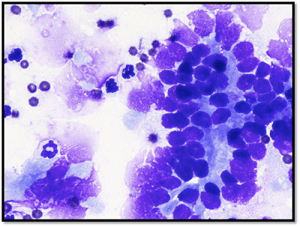
Inflammation and/or infection of the endometrium is the leading cause of subfertility in the horse, with persistent breeding-induced endometritis (PBIE) effecting approximately 10-15% of broodmares [1]. The deposition of spermatozoa, seminal plasma, and/or bacteria into the reproductive tract causes an inflammatory response, leading to an activation of the immune system. This involves an activation of signaling molecules (cytokines), recruitment of immune cells (neutrophils), and eventual release of prostaglandin F2 alpha (PGF2a) from the inflamed endometrium, all of which lead to the eventual expulsion of excess fluid and contaminants [2-10].
